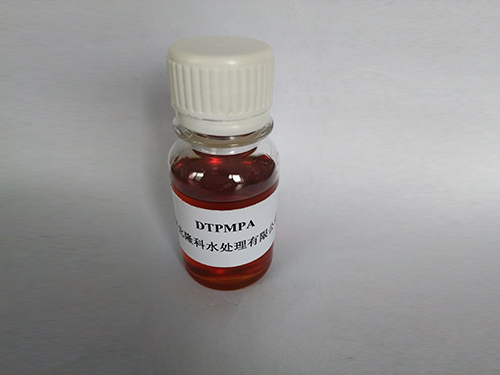ethylene diamine tetra methylene phosphonic acid
Ethylene Diamine Tetra Methylene Phosphonic Acid An Overview
Ethylene diamine tetra methylene phosphonic acid (EDTMPA) is a versatile organic compound that belongs to a group of phosphonic acids. Its unique structure, with multiple functional groups, has garnered significant interest in various fields, including industrial applications, environmental science, and biochemistry. This article explores the properties, synthesis, applications, and potential environmental impact of EDTMPA.
Chemical Structure and Properties
EDTMPA is characterized by its four methylene phosphonic acid groups attached to an ethylene diamine backbone. The presence of phosphonic acid groups contributes to its strong chelating ability, allowing it to form stable complexes with metal ions. This property is essential for its applications in various industries, particularly in water treatment and as a scale inhibitor.
The molecular formula of EDTMPA is C8H18N2O8P4, and its systematic name reflects its complex structure. The compound is typically a white crystalline solid that is soluble in water, making it easy to use in different formulations. The pH of EDTMPA solutions tends to be acidic, which can influence its behavior and interactions in various chemical environments.
Synthesis of EDTMPA
The synthesis of EDTMPA generally involves the reaction of ethylene diamine with phosphorus-containing compounds, such as phosphorous acid or its derivatives. This multistep process often requires careful control of reaction conditions, including temperature and pH, to achieve high yields and purity. Various methods have been developed over the years, with modifications aimed at simplifying the process or enhancing the overall efficiency.
Advancements in synthetic chemistry have allowed for more sustainable approaches to producing EDTMPA, minimizing waste and reducing energy consumption. Additionally, research into alternative raw materials and greener methods continues to be a focus.
Applications of EDTMPA
The multifunctional nature of EDTMPA makes it suitable for a wide range of applications
ethylene diamine tetra methylene phosphonic acid

1. Water Treatment EDTMPA is primarily used as a complexing agent in water treatment processes. It effectively chelates metal ions, preventing scale formation and corrosion in water systems. Its ability to inhibit the growth of scale-forming minerals like calcium carbonate and magnesium hydroxide is crucial in industrial water treatment facilities, power plants, and cooling systems.
2. Agriculture In agricultural applications, EDTMPA is used as a chelating agent for micronutrients in fertilizers. By chelating essential nutrients such as iron, zinc, and manganese, it enhances nutrient availability to plants, promoting healthier growth and higher yields.
3. Biomedical Research In the realm of biochemistry, EDTMPA’s chelation properties are employed in various biomedical applications, including drug delivery systems and targeted therapies. By forming complexes with metal ions found in biological systems, EDTMPA may play a role in regulating enzyme activity and modulating biological pathways.
4. Cleaning Products The compound is also utilized in household and industrial cleaning products. Its ability to bind metal ions helps prevent soap scum and enhances the effectiveness of surfactants, leading to improved cleaning performance.
Environmental Impact and Safety
As with any chemical compound, the environmental impact and safety of EDTMPA are critical considerations. While it is generally regarded as safe for use in the applications mentioned, its persistence in the environment and potential ecological effects warrant careful evaluation. Research is ongoing to assess the biodegradability of EDTMPA and its breakdown products, aiming to minimize any adverse effects on aquatic ecosystems.
In industrial contexts, proper handling and disposal of EDTMPA are essential to prevent contamination of water sources. Efforts to develop more environmentally friendly alternatives to EDTMPA are also being explored, reflecting a growing awareness of sustainability in chemical applications.
Conclusion
Ethylene diamine tetra methylene phosphonic acid is a multifunctional compound with significant industrial, agricultural, and biomedical relevance. Its unique properties, particularly its chelating ability, have made it an essential component in various applications, from water treatment to agriculture. As research continues to unveil new uses and methods for synthesis, EDTMPA promises to remain a valuable asset while addressing environmental considerations.
-
Water Treatment with Flocculant Water TreatmentNewsJun.12,2025
-
Polymaleic AnhydrideNewsJun.12,2025
-
Polyaspartic AcidNewsJun.12,2025
-
Enhance Industrial Processes with IsothiazolinonesNewsJun.12,2025
-
Enhance Industrial Processes with PBTCA SolutionsNewsJun.12,2025
-
Dodecyldimethylbenzylammonium Chloride SolutionsNewsJun.12,2025





